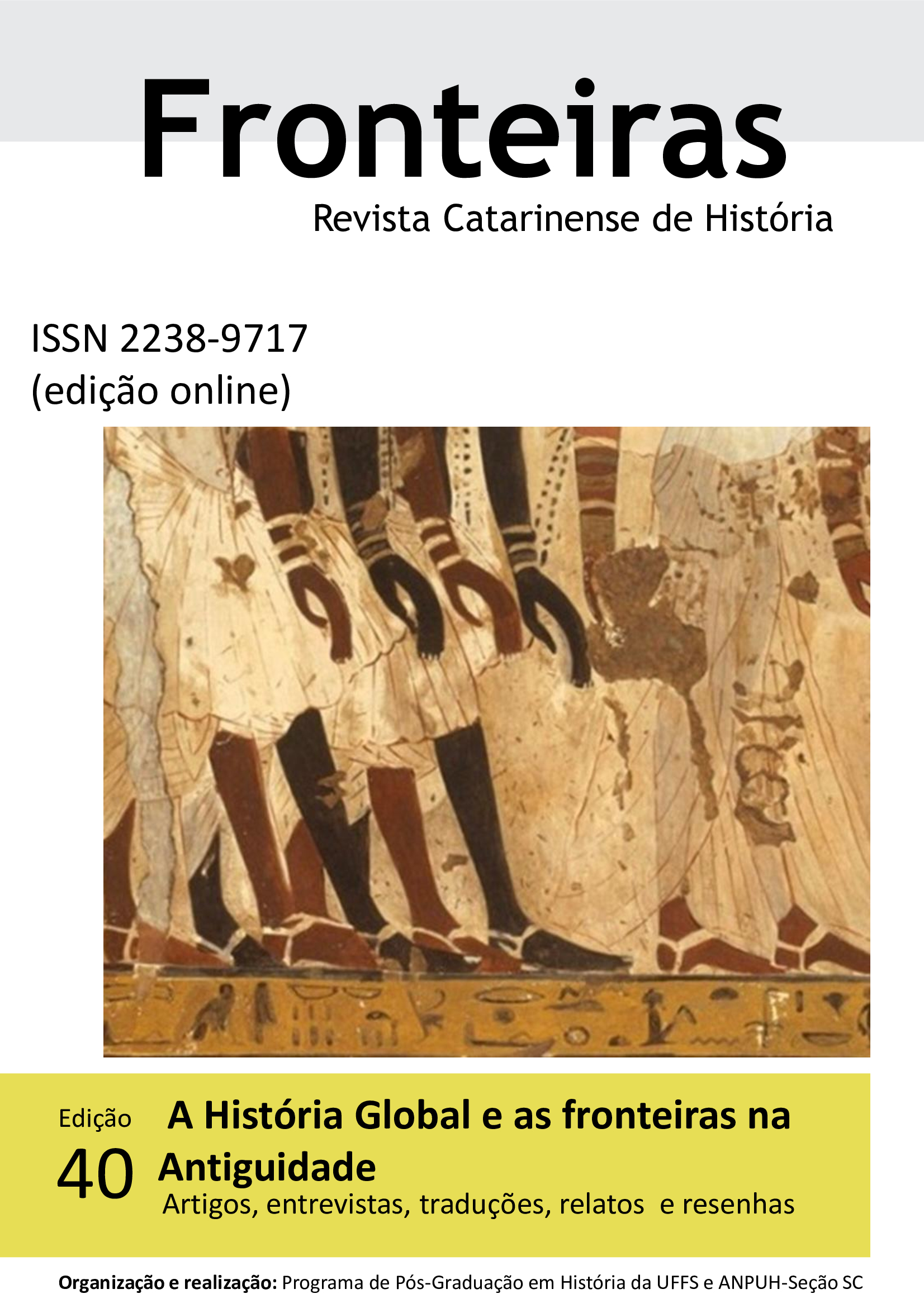Social and Symbolic Boundaries in the Upper Egyptian Town of Pathyris (2 nd to Early 1 st Cent. BCE)
DOI:
https://doi.org/10.36661/2238-9717.2022n40.12943Keywords:
Ancient archives, Interpersonal relations, Social Network Analysis (SNA)Abstract
This paper asks and tests questions about ancient group boundaries against empirical data through a case study of the small-scale community of Pathyris in southern Egypt (186-88 BCE). By means of studying 382 documentary texts associated with 16 family archives from a distinct network perspective, the author jumps between scales, perspectives and methods to demonstrate the relevance of Social Network Analysis for boundary-work on ancient communities, yet with a critical eye. In doing so, she analyses a socio-economic network representing the community as well as male and female subnetworks in it, before exploring the intersection between these groups. A general lack of clear divisions observed between studied attributes like sex and legal ethnic status leads her to conclude that neither seem to have represented strict social boundaries that dictated with whom the inhabitants interacted.



















